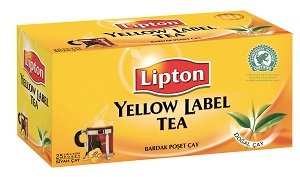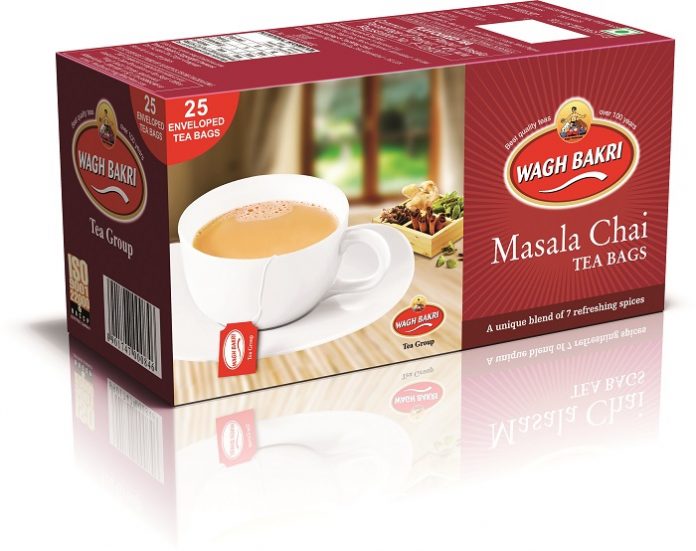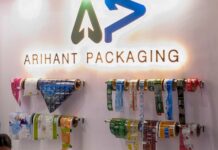Have you ever felt the need for expert advice on a particular packaging problem? It may be a problem related to a manufacturing process or a decision on what particular material to use or even a packaging system that you need to design for a specific application. Well, we now have a forum of experts who can address your query and recommend a solution. At Packaging South Asia, we have set up a special desk that will take on this job. Starting with our November 2017 issue, we will feature our Expert Solutions Desk (ESD) as a special column in every issue.
The ESD will field questions and offer solutions on any packaging problem by leveraging our in-house information and domain knowledge in addition to using our access to well-known companies and experts in the packaging business.
Please do write in or contact us at esd@ippgroup.in with any such problems you may have encountered. We also invite contributions from companies or industry personnel citing such instances and case studies describing how problems were solved, which we could also feature in the column.
Here’s looking forward to your active participation in making this initiative a success.
A large, well-known manufacturer of lined cartons was faced with a unique packaging problem. A whole bunch of lined cartons, whose flaps had been closed using an adhesive after filling and sealing, had the flaps all opening out on storage.
During investigation, it transpired that the cartons, made from laminated printed board, had just switched over from using BOPET film to BOPP film for the print lamination operation as it was cheaper.
The converter was aware that, in order to get a good bond between the printed board surface and the BOPP laminating film, the film needed to be corona discharge treated on its interfacing surface and had, accordingly, used BOPP film treated on the laminating side. While the bond between the printed board and the BOPP laminating film was excellent, the carton flaps all opened out after they had been folded over and closed using a water-based polyvinyl alcohol (PVA) adhesive during the filling and closing operation.
What could have led to this? A study of the flap configuration revealed that delamination was taking place at the points where there was board to film contact (in this case, board to the untreated surface of the BOPP film). The solution was that they should have used BOPP film treated on both sides in order to get adequate and sustained bond between the board and the BOPP film on the interface between the flaps after they had been folded over.
While one-side-treated BOPP laminating film will work and provide the bond necessary between the printed board and the film in cases where the flaps are merely tucked in for closure (as in many lined carton applications), it will not work in applications where the flaps are stuck together using an adhesive.

One of the basic requirements for obtaining a strong bond between substrates while using a water-based or solvent-based adhesive is that the surface energy (charge) density has to be at least 40–42 dynes (indeed, good print adhesion using solvent-based or water-based inks also has the same requirement; in fact, for good print adhesion while using water-based inks, the recommended surface density is more like 50 dynes). While BOPET film has a residual surface charge density of 42 dynes or more as made, it does not require a special surface charge treatment using corona discharge or flame treatment to make it suitable for adhesion with non-polar substrates like paper or paperboard, or certain other treated plastic films.
One must ensure that BOPP film is treated on both sides for print lamination if carton flaps need to be folded over and closed using an adhesive during the filling and sealing operation.












